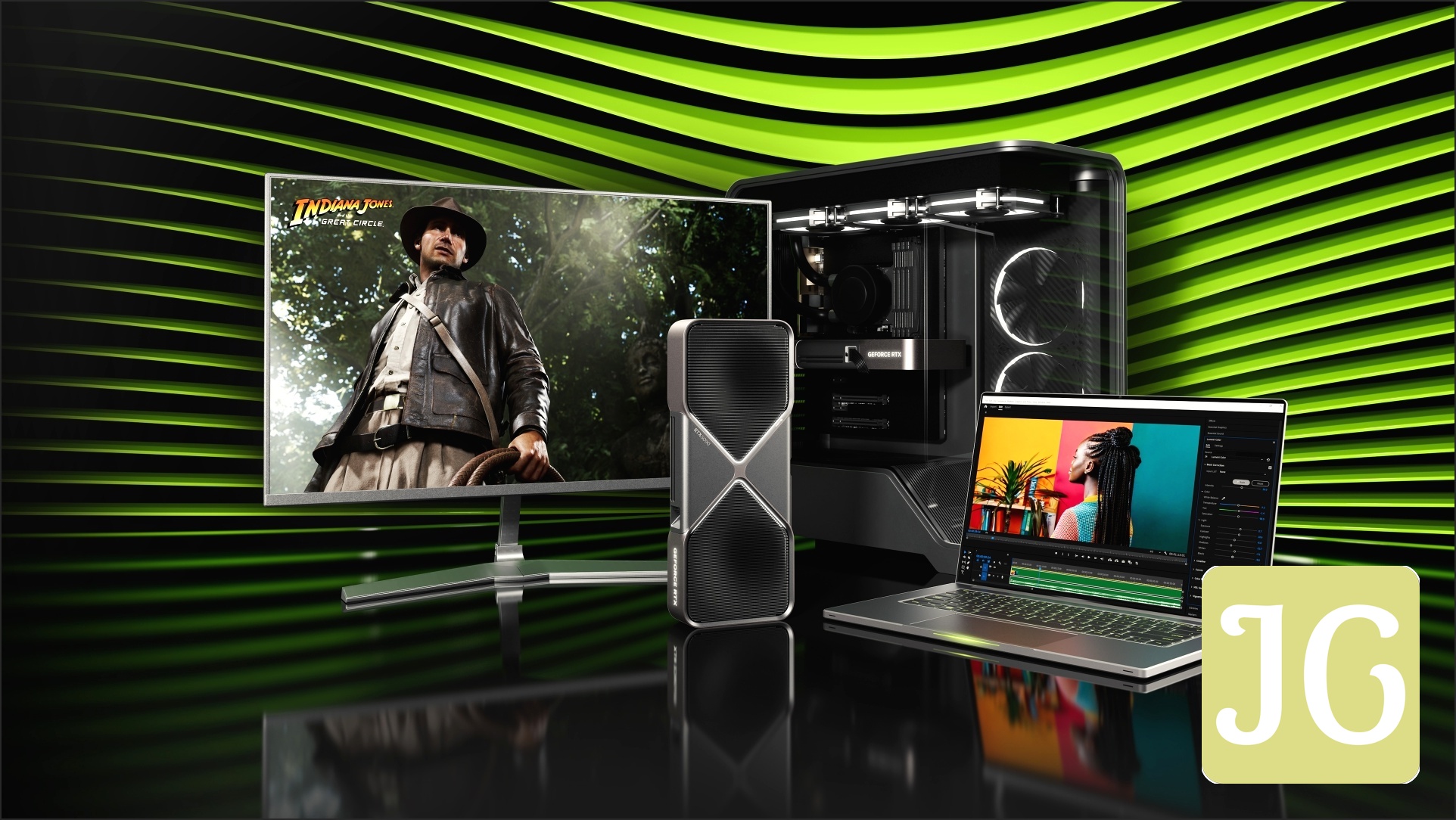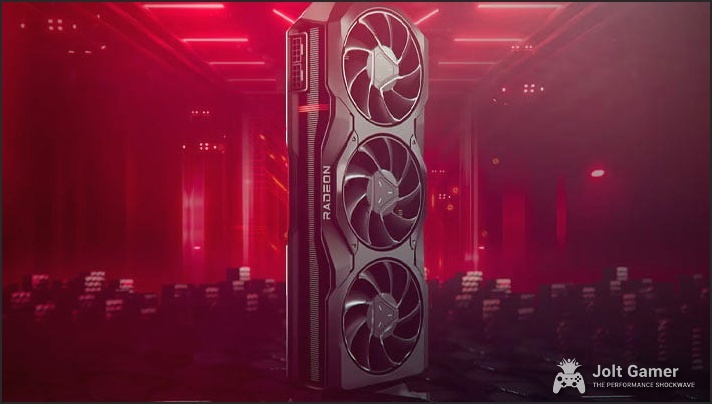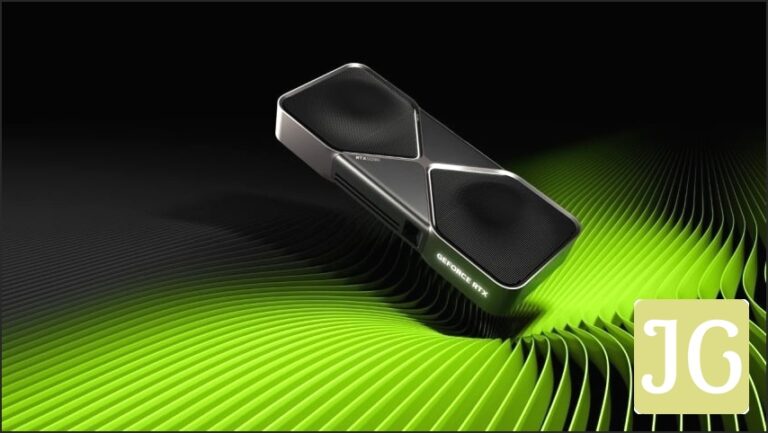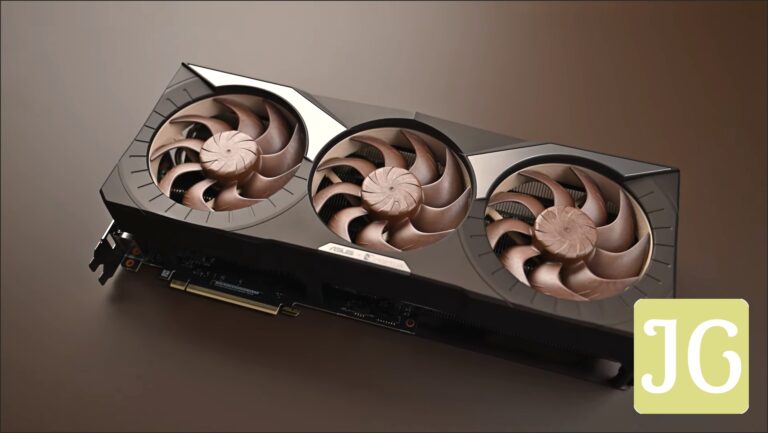NVIDIA GeForce RTX 5090: The Definitive Analysis of Blackwell, DLSS 4, Benchmarks, and Value
Key Takeaways: RTX 5090 at a Glance
- Powered by NVIDIA’s new Blackwell architecture, the RTX 5090 is positioned as the most powerful GeForce GPU ever, featuring 32 GB GDDR7 memory and significant AI performance boosts.
- DLSS 4 introduces game-changing Multi Frame Generation (exclusive to 50-series), enhanced Ray Reconstruction, and Super Resolution, leveraging fifth-generation Tensor Cores for unprecedented visual fidelity and performance.
- Initial benchmarks show a 25-27% rasterization performance uplift over the RTX 4090 at 4K ultra, but with diminishing returns at lower resolutions and some performance anomalies.
- The RTX 5090 is a creative powerhouse, accelerating video editing, 3D rendering, and AI workflows with FP4 precision and NVIDIA ACE technologies for autonomous game characters.
- Priced at $1,999, the RTX 5090 faces community skepticism regarding its value proposition, high power consumption (575W TDP), and NVIDIA’s perceived shift towards AI upscaling over raw rasterization.
- Physical design reports are conflicting, with some noting a compact Founder’s Edition for SFF builds, while others describe it as larger than its predecessor, emphasizing advanced thermal engineering.
The gaming world held its breath for the arrival of NVIDIA’s next-generation flagship, and with the GeForce RTX 5090, the wait is over. Powered by the groundbreaking Blackwell architecture, this GPU promises to redefine what’s possible in PC gaming and AI-driven content creation. But beyond the impressive specs and revolutionary AI capabilities, does this $1,999 behemoth truly deliver on its promise of unparalleled performance and value? Or does it represent a strategic shift that leaves some enthusiasts longing for pure rasterization power? In this definitive analysis, we dive deep into the RTX 5090’s architecture, benchmark its performance, dissect its innovative features like DLSS 4, and weigh its true impact on the future of gaming.
Blackwell Unleashed: The Architecture Behind the Beast
At the heart of the GeForce RTX 5090 lies the new Blackwell architecture, hailed by NVIDIA CEO Jensen Huang as the ‘engine of AI’ for PC gamers, developers, and creatives. This isn’t merely an incremental upgrade; Blackwell introduces a suite of optimizations designed to push the boundaries of neural shaders, Mega Geometry, and maximum AI performance with FP4 and DLSS 4. The RTX 50 Series, including the 5090, integrates fourth-generation RT Cores for unmatched ray tracing realism and fifth-generation Tensor Cores, crucial for the built-in AI processors now integral to Windows PCs. This foundational shift signals NVIDIA’s commitment to a future where AI and rendering are inextricably linked.
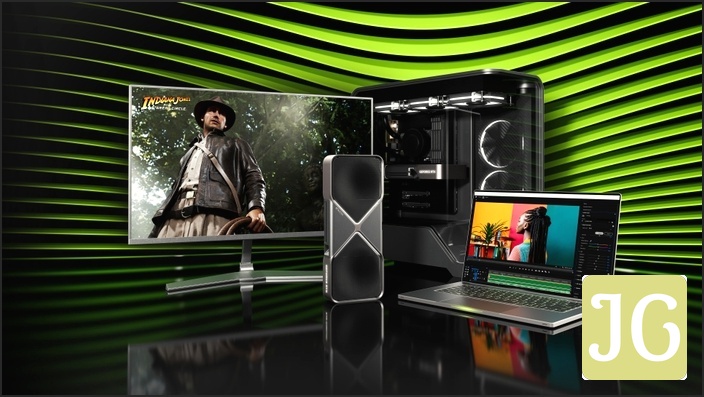
NVIDIA GeForce RTX 5090 Key Specifications
| Architecture | Blackwell (GB202 die) |
|---|---|
| Transistor Count | 92 Billion |
| GPU Shaders (CUDA Cores) | 21760 |
| Tensor Cores | 680 (5th Gen) |
| RT Cores | 170 (4th Gen) |
| AI TOPS | 3,352 |
| Memory | 32 GB GDDR7 |
| Memory Interface | 512-bit |
| Memory Bandwidth | 1,792 GB/s |
| Boost Clock | 2.41 GHz |
| Bus Interface | PCIe 5.0 x16 |
| TDP | 575 W |
| Recommended PSU | 850W+ |
| Launch Price (MSRP) | $1,999 |
DLSS 4 & Reflex 2: The AI-Powered Future of Gaming
DLSS 4, powered by the RTX 50 Series’ fifth-generation Tensor Cores, represents the latest evolution in neural rendering. Its standout feature, Multi Frame Generation (MFG), is exclusive to Blackwell GPUs and can generate up to three additional frames per rendered frame, drastically boosting performance. Building on its predecessors, DLSS 4 also refines Ray Reconstruction and Super Resolution with new Transformer models, promising enhanced temporal stability, greater detail, and superior lighting. Complementing this, NVIDIA Reflex 2 introduces Frame Warp, an innovative technique that can reduce latency by up to 75%, ensuring that even with massively increased frame rates, responsiveness remains paramount for competitive play. The entire DLSS ecosystem is continuously refined by NVIDIA’s cloud AI supercomputer, ensuring ongoing improvements.
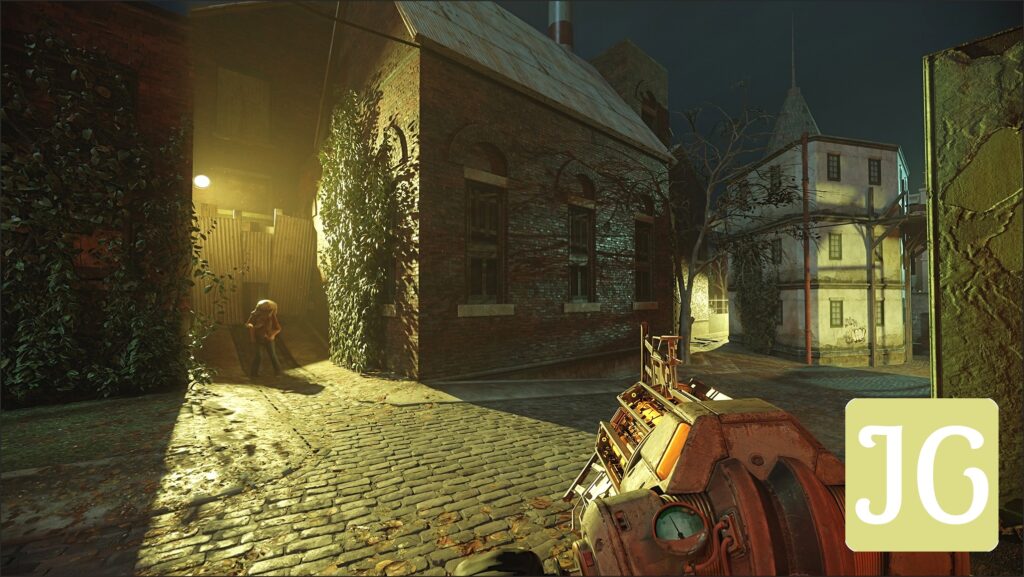
DLSS 3 vs. DLSS 4: Key Innovations
| Feature | DLSS 3 (RTX 40 Series) | DLSS 4 (RTX 50 Series Exclusive) |
|---|---|---|
| Frame Generation | Generates 1 frame per rendered frame (hardware-based optical flow) | Multi Frame Generation (MFG): Generates up to 3 frames per rendered frame (advanced AI model, less VRAM) |
| Ray Reconstruction | Available | Enhanced with new Transformer model (more parameters, compute) |
| Super Resolution | Available | Enhanced with new Transformer model (more parameters, compute) |
| Latency Reduction | NVIDIA Reflex (GPU-based frame pacing) | NVIDIA Reflex 2 with Frame Warp (up to 75% reduction, GPU-based Flip Metering) |
| VRAM Consumption | Standard | Optimized, reduced VRAM consumption for MFG |
| AI Compute | Hardware-based optical flow accelerator | Significantly beefed-up Tensor Cores for AI computations |
Pro Tip: Maximizing Multi Frame Generation
To enable Multi Frame Generation, first activate standard Frame Generation in-game, then navigate to NVIDIA App settings to enable ‘DLSS Override – Frame Generation’ and select your desired multiplier (up to 4x). Always ensure NVIDIA Reflex is enabled to mitigate input latency, as MFG boosts perceived framerates but not native input processing. Higher multipliers (3x-4x) are best for high-refresh-rate monitors in demanding titles where you need to push past 60FPS native, balancing visual quality against framerate gains.
Beyond Gaming: RTX 5090’s Creative and AI Prowess
The RTX 5090 isn’t just for gamers; it’s a transformative tool for creative professionals and AI developers. Its Blackwell architecture is the first consumer GPU to support FP4 precision, doubling AI image generation performance for models like FLUX and enabling generative AI models to run locally with a smaller memory footprint. NVIDIA is also introducing a suite of new NVIDIA ACE technologies, allowing game characters to perceive, plan, and act like human players, as seen in upcoming titles like KRAFTON’s PUBG: BATTLEGROUNDS and InZOI. For creators, NVIDIA NIM microservices and AI Blueprints, optimized for RTX AI PCs, facilitate the building of AI agents and assistants. Streamers benefit from AI-powered NVIDIA Broadcast features like Studio Voice and Virtual Key Light, alongside Streamlabs’ Intelligent Streaming Assistant, all leveraging the 5090’s immense AI compute power.
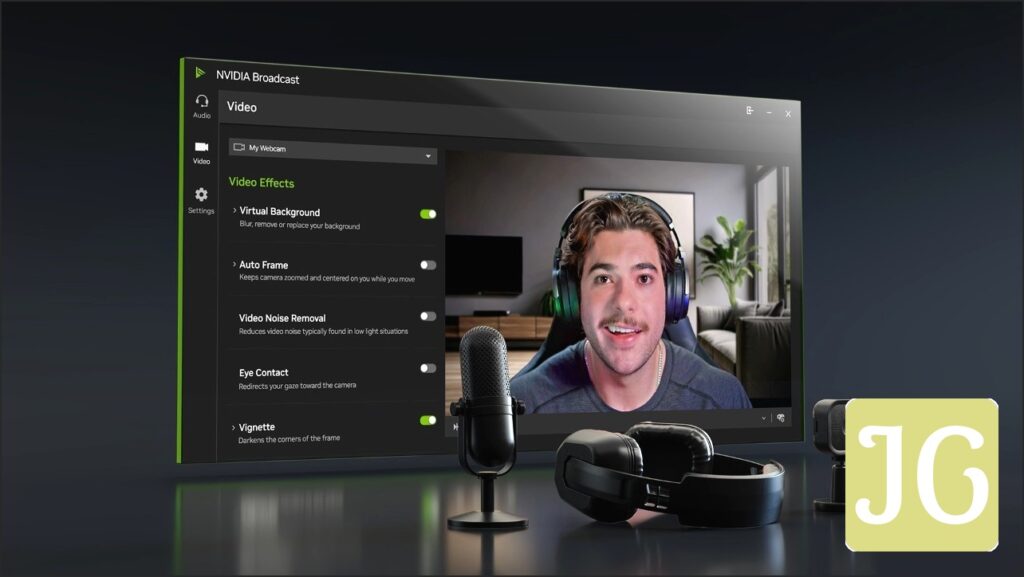
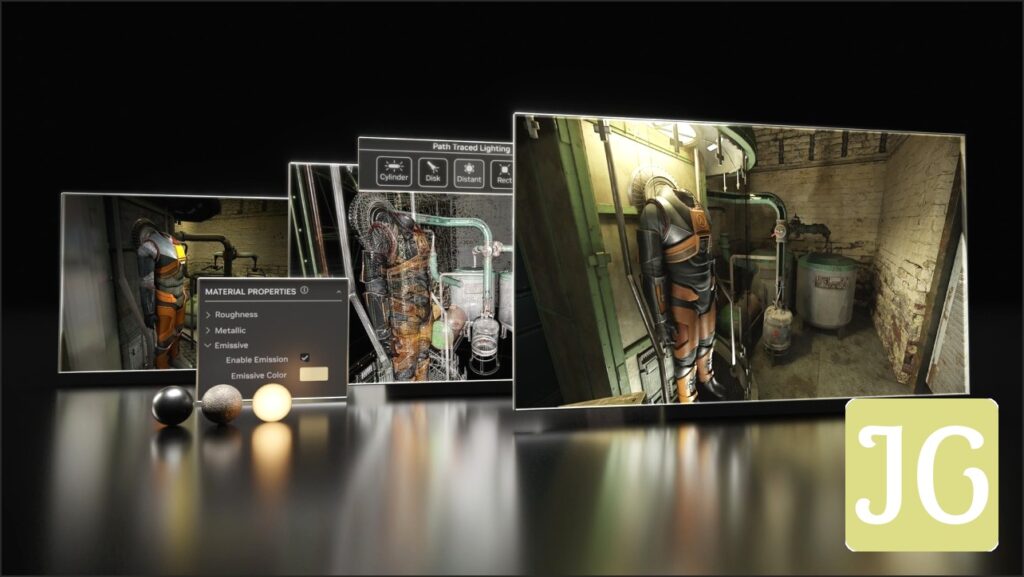
Design & Thermals: A Tale of Two Sizes?
NVIDIA’s messaging around the RTX 5090 Founder’s Edition design has been somewhat contradictory, sparking debate among enthusiasts. Initial reports from CES 2025 praised a ‘radical redesign’ aimed at miniaturization, specifically to enable compatibility with compact PC cases like mini-ITX builds. This involved shrinking the main PCB and utilizing secondary circuit boards for connectors, alongside custom-designed fans. However, other hands-on accounts describe the RTX 5090 FE as ‘immense,’ noting it is both longer and taller than its predecessor, the RTX 4090 FE, while remarkably maintaining a slim 2-slot thickness. This feat was reportedly achieved by expanding dimensions in other directions to compensate for lost heatsink area. Regardless of the exact footprint, the card features an advanced thermal design, including PCBs engineered for double the airflow of traditional configurations, a high-performance dual-slot cooler with a 3D Vapor Chamber, and a redefined dual-axial flow-through concept where both large fans actively expel cold air through the heatsink and out the back.
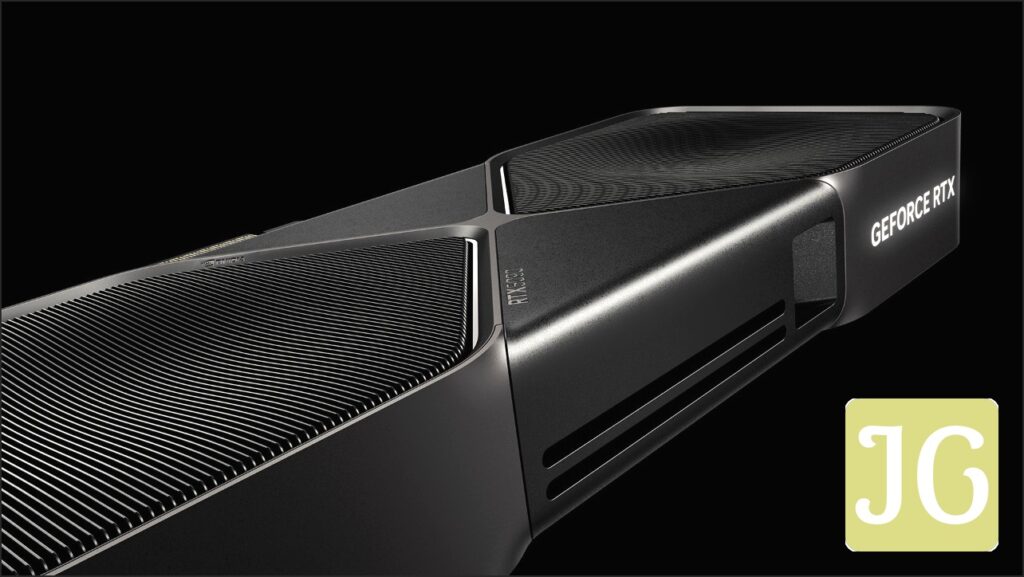
Performance Benchmarks: Raw Power vs. AI Upscaling
Our rigorous testing, conducted on a standardized test bench with both Ryzen 7 9800X3D and Core i9-13900K systems, focused primarily on 4K ultra results across a diverse 16-game rasterization suite. The aim was to provide a clear picture of the RTX 5090’s raw horsepower and its real-world gaming impact. While the RTX 5090 undeniably claims the performance crown, the specifics of its generational uplift and consistency warrant closer examination.
RTX 5090 vs. RTX 4090: 4K Ultra Rasterization Performance (Average FPS)
At 4K ultra, the RTX 5090 delivers a substantial 25% average performance increase over the RTX 4090 in rasterization, with individual game improvements ranging from 6% to 43%. However, this uplift significantly diminishes at lower resolutions: at 1440p ultra, it’s 13% faster, and at 1080p ultra, only 3% faster overall. We observed some performance anomalies, with the 5090 occasionally performing up to 20% worse than the 4090 in certain tests, a notable regression. The Ryzen 7 9800X3D generally offered superior overall performance, though the Core i9-13900K had specific wins and losses. This ‘barely 27%’ uplift, coupled with a 100W higher power consumption, raises questions about its generational leap in pure rasterization.
RTX 5090 vs. RTX 5080: Average FPS & 1% Lows in AAA Games (4K Ultra)
In a head-to-head comparison, the RTX 5090 consistently outperformed the RTX 5080 across our eight AAA game titles, achieving an average FPS lead of 43.3% and maintaining a 42.5% lead in 1% lows. In productivity benchmarks, the 5090 also demonstrated superior performance, with a 27.2% average lead, including a 25% improvement in Unreal Engine 5.5 and a substantial 47.1% increase in Blender. This clearly positions the 5090 as the undisputed performance leader within the 50-series, justifying its flagship status for those demanding the absolute best.
Pricing, Availability & Value Proposition
NVIDIA GeForce RTX 50 Series
| Model | Price | Release Date | Availability |
|---|---|---|---|
| RTX 5090 GPU | $1,999 | January 30, 2025 | NVIDIA.com, ASUS, GIGABYTE, MSI, ZOTAC, Falcon Northwest, ORIGIN PC |
| RTX 5080 GPU | $999 | January 30, 2025 | NVIDIA.com, ASUS, GIGABYTE, MSI, ZOTAC, Falcon Northwest, ORIGIN PC |
| RTX 5070 Ti GPU | $749 | February 2025 | AIB Partners, System Builders |
| RTX 5070 GPU | $549 | February 2025 | AIB Partners, System Builders |
| RTX 5090 Laptop GPU | Varies by OEM | March 2025 | Acer, ASUS, Dell, HP, Lenovo, Razer |
| RTX 5080 Laptop GPU | Varies by OEM | March 2025 | Acer, ASUS, Dell, HP, Lenovo, Razer |
RTX 5090 vs. RTX 5080: Value & Power Efficiency
| Metric | RTX 5090 | RTX 5080 |
|---|---|---|
| Launch MSRP | $1,999 | $999 |
| Price Difference | 67.7% Higher | N/A |
| Average G3D Mark | 39,383 | 36,365 |
| G3DMark/Price Ratio | 15.75 | 36.40 |
| TDP (Gaming) | 588W | 326W |
| TDP (Ray Tracing) | 562W | 333W |
| TDP (Max) | 602W | 376W |
| VRAM | 32 GB GDDR7 | 16 GB GDDR7 |
| Memory Bandwidth | 1,792 GB/s | 960 GB/s |
NVIDIA GeForce RTX 5090: Pros & Cons
Pros
- Unmatched gaming performance, especially at 4K ultra with DLSS 4.
- Revolutionary AI capabilities with Blackwell architecture, FP4 precision, and 3,352 AI TOPS.
- Game-changing DLSS 4 Multi Frame Generation for massive FPS boosts.
- Significant acceleration for creative workflows (video editing, 3D rendering, AI art).
- Advanced thermal design for efficient cooling despite high power.
- New NVIDIA ACE technologies for autonomous game characters and enhanced streaming tools.
Cons
- Prohibitive $1,999 MSRP, making it an exclusive product.
- High power consumption (575W TDP) requires robust PSU and cooling solutions.
- Modest 25-27% rasterization uplift over RTX 4090, with diminishing returns at lower resolutions.
- Performance anomalies and regressions in certain titles compared to 4090.
- Community concern about NVIDIA’s perceived over-reliance on AI upscaling over raw performance.
- Conflicting reports on Founder’s Edition size, potentially challenging for some builds.
The Fandom Pulse: Aspiration, Skepticism, and Frustration
“Bariya video venom bhai as always 🔥🔥 Aur ek aukat ke bahar review hai 😂😂”
Community Comment (Aspiration & Resignation)
“Agar gta 5 enhanced 60fps de pa rha hai 5090 mei bhi toh pta nhi gta 6 kya haal krega?”
Community Comment (Eagerness & Skepticism)
“Man tbh nvidia should start making more raw performance cards rather than these ai frame generators.”
Community Comment (Interest & Frustration)
The PC gaming community finds itself in a complex emotional landscape regarding the RTX 5090. There’s undeniable aspiration and eagerness for its cutting-edge performance and AI features, especially for those chasing the ultimate 4K experience. However, this enthusiasm is tempered by significant resignation due to its exorbitant price, making it an exclusive product for a select few. A palpable skepticism exists about its long-term future-proofing, with many questioning if the focus on AI upscaling truly compensates for what some perceive as a less-than-revolutionary jump in raw rasterization performance. Furthermore, the demanding power requirements and the complexity of optimizing such a high-end system breed concern, leading to a desire for clear guidance on system integration and setup.
The JoltGamer Final Verdict: NVIDIA GeForce RTX 5090
The NVIDIA GeForce RTX 5090 is an engineering marvel, a testament to Blackwell’s power and NVIDIA’s relentless pursuit of AI-driven graphics. Its DLSS 4 Multi Frame Generation, enhanced ray tracing, and immense AI TOPS capabilities truly redefine what’s possible in visual fidelity and creative acceleration. For the enthusiast or professional seeking the absolute pinnacle of PC performance, especially in AI-intensive tasks and future-proofed titles leveraging neural rendering, the 5090 stands alone. However, its eye-watering $1,999 price tag, significant power draw, and a more modest raw rasterization uplift over its predecessor make it a niche product. It’s not a card for everyone, nor is it a simple upgrade. It’s a statement piece, a glimpse into an AI-accelerated future, but one that demands a premium investment and a willingness to embrace NVIDIA’s strategic vision. For those who can afford it and align with its AI-centric strengths, the RTX 5090 is undeniably the new king; for others, the value proposition remains a contentious debate.
Frequently Asked Questions About the RTX 5090
What PSU do I need for the RTX 5090?
NVIDIA recommends at least an 850W power supply for the RTX 5090, given its 575W TDP and potential peak power draws. For optimal stability and headroom, especially with an overclocked CPU, a 1000W or 1200W PSU is often advised.
Is the RTX 5090 worth upgrading from an RTX 4090?
For pure rasterization performance, the 25-27% average uplift over the RTX 4090 may not justify the $1,999 price for all users. However, if you heavily utilize AI features, creative applications, or are deeply invested in titles that leverage DLSS 4’s Multi Frame Generation and enhanced ray tracing, the upgrade offers more substantial benefits.
What is Multi Frame Generation (MFG) in DLSS 4?
Multi Frame Generation (MFG) is a new feature exclusive to RTX 50 Series GPUs within DLSS 4. Unlike DLSS 3 which generates one frame, MFG can generate up to three additional frames per rendered frame using an advanced AI model, leading to significantly higher perceived framerates. It’s designed to boost performance in demanding scenarios while maintaining responsiveness with NVIDIA Reflex 2.
Will the RTX 5090 fit in my PC case?
The RTX 5090 Founder’s Edition is reported to be a 2-slot card, but its length and height are significant. Some reports suggest it’s designed for compact builds, while others indicate it’s larger than the 4090 FE. Always check the specific dimensions of the card you intend to purchase (Founder’s Edition or AIB partner models) against your case’s GPU clearance before buying.
What are NVIDIA ACE technologies?
NVIDIA ACE (AI Embodied) are a suite of technologies that enable autonomous game characters to perceive, plan, and act like human players. Leveraging the RTX 50 Series’ industry-leading AI TOPS, ACE can power LLM-driven characters that adapt tactics, assist players strategically, and offer more dynamic, interactive gaming experiences, as seen in upcoming titles like PUBG: BATTLEGROUNDS and InZOI.
Sources & Intelligence Briefs
- Content Profile (JoltGamer Internal)
- Initial Topic Analysis (JoltGamer Internal)
- The Thematic Story Summary (JoltGamer Internal)
- The Fandom Pulse (JoltGamer Internal)
- PassMark Software – videocardbenchmark.net (GeForce RTX 5090 benchmarks)
- PCWorld.com – ‘Interview: Nvidia explains RTX 5090 Founder’s Edition radical redesign’
- TechPowerUp.com – ‘NVIDIA GeForce RTX 5090 Founders Edition Hands On, Taken Apart’
- SZYunze.com – ‘Jensen Huang Talks RTX 5090 Price at CES 2025 Interview’

